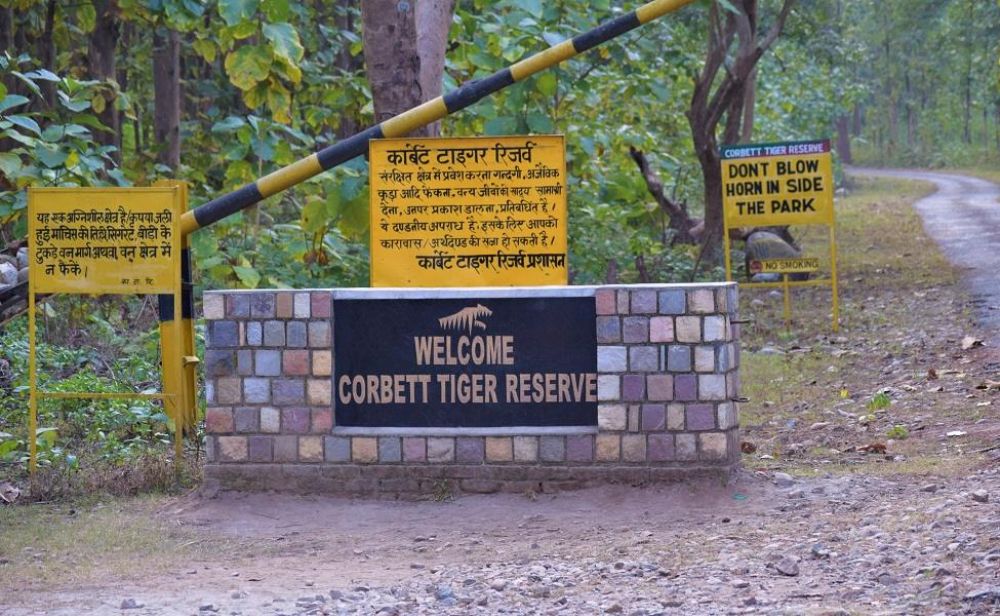

Established in 1936 as Hailey National Park, the Corbett Tiger Reserve in Uttarakhand, India is the oldest national park in the country. It was later renamed in honor of the legendary British hunter turned conservationist, Jim Corbett, who played a pivotal role in its establishment to protect the endangered Bengal tiger. The main aim was to conserve the biodiversity within this reserve which is part of the larger Corbett National Park.
Earliest tourism efforts in the region were geared toward game hunting, which was a popular pastime for the British elite and Indian royalty. However, as conservation efforts took precedence over hunting, tourism in Corbett shifted towards safaris and wildlife watching.
Over the years, eco-tourism has gained momentum in the area, with the park being a pioneer in India for such practices. This has included promoting responsible tourism practices and educating visitors on the importance of preserving natural habitats. The tiger reserve is part of the larger Project Tiger initiative, aimed at protecting Indian tigers and their ecosystems. This has subsequently placed great emphasis on conservation-led tourism.
In recent years, the Corbett Tiger Reserve has seen a surge in popularity, attracting nature enthusiasts from around the globe. Tourists come here to experience the rich flora and fauna, and especially to catch a glimpse of the majestic Bengal tigers in their natural habitat. The Reserve offers various modes of safari, such as jeep and elephant back, allowing visitors to explore the park's diverse landscapes and wildlife.
The government and local operators have taken measures to ensure that tourism in Corbett is sustainable. Accommodations ranging from luxury resorts to eco-friendly lodges have been constructed with a conscious effort to maintain a low environmental impact. Moreover, tourism is controlled and limited to certain areas to minimize the disturbance to wildlife.
Latest Tourism Trends
The Corbett Tiger Reserve continues to evolve with changing times, there is a constant balancing act to ensure that the allure of this magnificent reserve does not compromise the very wilderness it aims to protect.